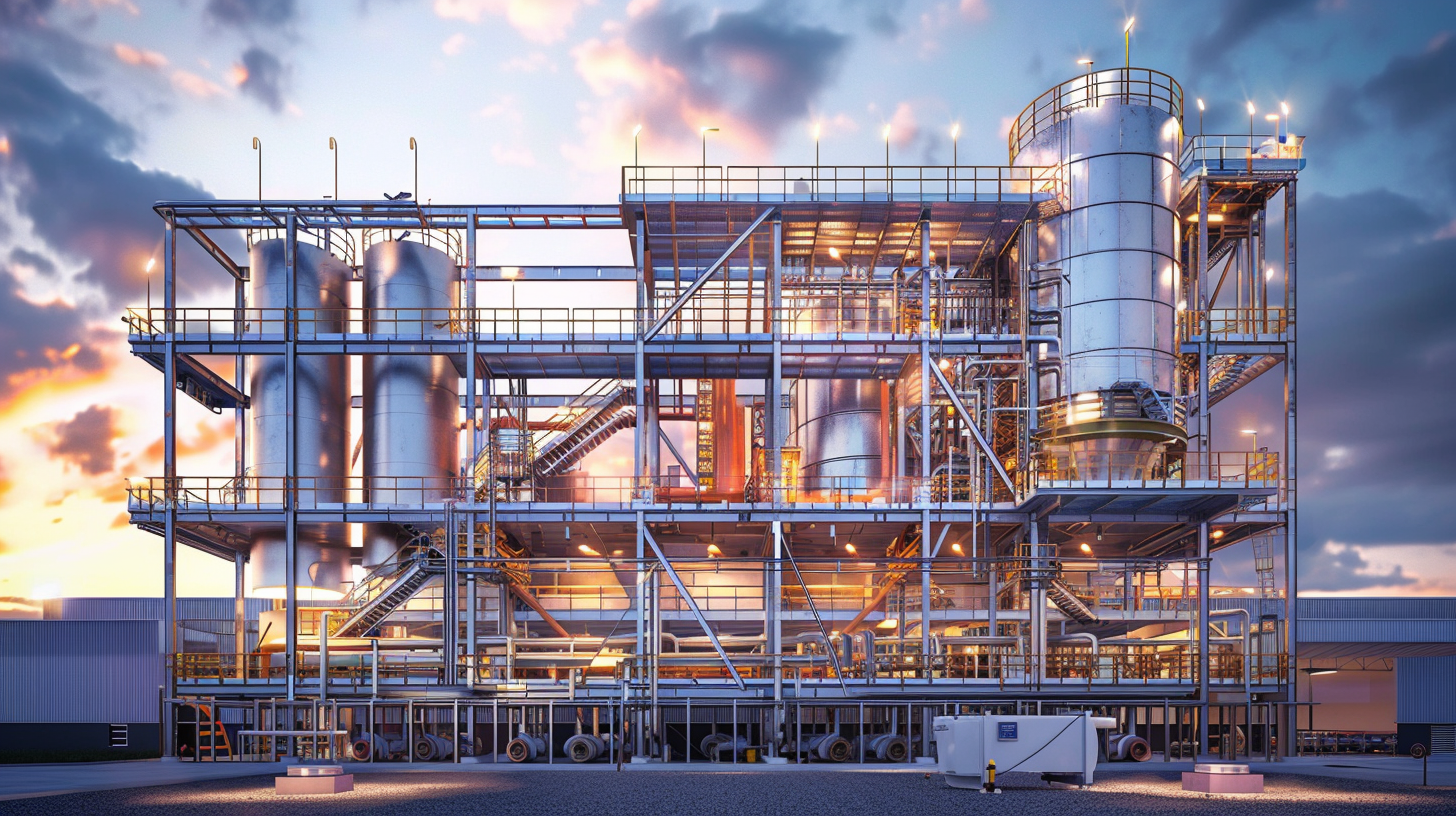| Key Points: – AbbVie acquires Aliada Therapeutics, adding ALIA-1758 and its unique drug-delivery platform. – Expands AbbVie’s neuroscience pipeline with advanced Alzheimer’s treatments. – Aliada’s MODEL platform enhances drug delivery across the blood-brain barrier. |
AbbVie has strategically bolstered its Alzheimer’s portfolio by acquiring Boston-based Aliada Therapeutics in a deal valued at $1.4 billion. The acquisition brings AbbVie ALIA-1758, a Phase I anti-amyloid antibody targeting Alzheimer’s disease, along with Aliada’s novel Modular Delivery (MODEL) platform. This technology aims to improve the delivery of therapeutics across the blood-brain barrier (BBB), a significant challenge in developing drugs for the central nervous system.
With Alzheimer’s becoming a critical area for biotech and pharma innovation, AbbVie’s acquisition comes amid heightened interest in anti-amyloid therapies. The recent successes of Biogen and Eisai’s Leqembi and Eli Lilly’s Kisunla, the first FDA-approved disease-modifying treatments for Alzheimer’s, have demonstrated the potential of anti-amyloid treatments, though they come with risks. ALIA-1758 is designed to target pyroglutamate amyloid beta, an epitope similar to that in Kisunla, and leverages Aliada’s MODEL platform to improve therapeutic delivery.
The MODEL platform is engineered to transport therapeutic agents across the BBB by targeting transferrin and CD98 receptors, both of which are abundantly expressed in brain endothelial cells. The technology effectively carries antibodies across the BBB, allowing higher therapeutic concentrations in the brain to address amyloid plaques associated with Alzheimer’s. This targeted approach has the potential to provide superior treatment efficacy compared to previous approaches.
This acquisition aligns with AbbVie’s strategy of expanding its presence in neuroscience. The company already has a robust portfolio that includes experimental therapies like ABBV-916, another anti-amyloid antibody; ABBV-552, which targets nerve terminals to enhance synaptic function; and AL002, an antibody developed in partnership with Alector Therapeutics. With the addition of ALIA-1758, AbbVie strengthens its position in the field and continues to invest in innovation that could transform the treatment landscape for neurodegenerative diseases.
While the Alzheimer’s market is promising, AbbVie’s expansion comes with some caution. Analysts have noted that investor sentiment in anti-amyloid drugs is mixed, given the high cost and developmental challenges. However, AbbVie’s investment signals confidence in the MODEL platform’s potential to enhance drug delivery, particularly in addressing diseases with significant unmet needs like Alzheimer’s. AbbVie is optimistic that Aliada’s technology will complement its existing assets and support long-term growth in the neuroscience sector.
Expected to close by the end of 2024, the acquisition of Aliada Therapeutics is subject to regulatory approvals and standard closing conditions. The deal underscores AbbVie’s ongoing commitment to innovation and its mission to bring novel treatments to patients suffering from Alzheimer’s and other neurological disorders.














